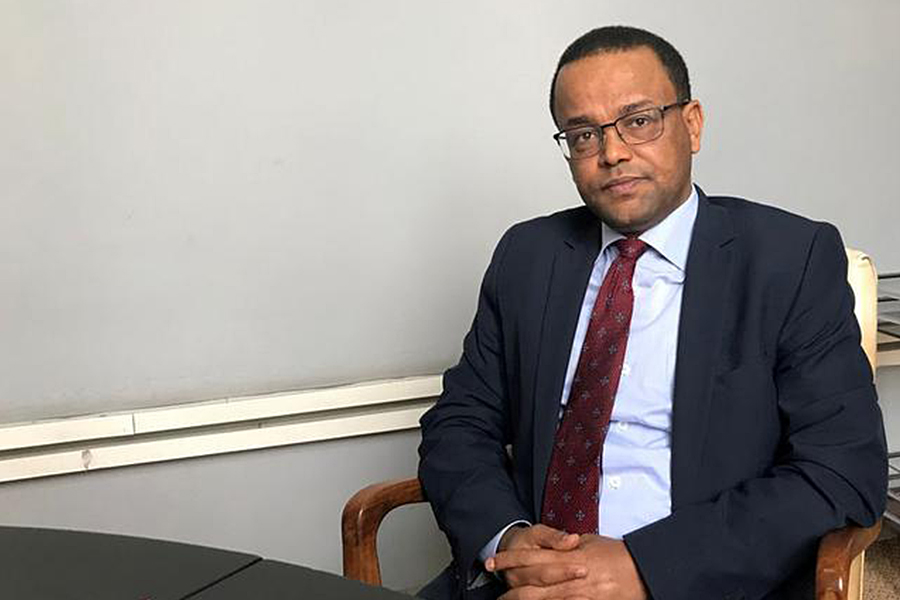
Fortune News | Sep 01,2021
Jul 25 , 2020
By Abebe G. Yihdego
A comprehensive legal framework and investment climate for public-private partnerships is being realised gradually. But the existence of a framework will not, in itself, ensure success and will always be “under construction” until most gaps are filled, writes Abebe G. Yihdego (pppethiopiaabebeg@gmail.com), director of PPP framework management and contract support at the Finance Ministry.
Ethiopia’s government intends to achieve lower-middle-income status by 2025 through the application of development policies and strategies that enable rapid, broad-based, sustainable and equitable economic growth. Many planned development projects under the Growth & Transformation Plan (GTP) programmes have been completed through government financing.
However, critical evaluation of the projects and programmes implied that government financing alone could not meet the growing demand for public services sustainably.
Trends in emerging markets and developed countries show the need for mobilising resources from different sources other than government financing to meet the constantly growing demand for public services. Partnerships with private sector players have been used by governments to fill in gaps in infrastructure financing.
Public-private partnerships (PPP) are a scheme used as one of the tools to improve infrastructure services through the utilisation of private sector investment.
With this ambition in mind, Ethiopia’s government has started setting up legal and institutional frameworks that could help to implement PPPs. The scheme is a long-term agreement between a contracting authority (a public enterprise or entity) and a private party under which the latter performs a public service activity that would have otherwise been carried out by the former.
The private player receives a benefit by way of compensation, such as tariff fees collected from users of a service or a combination of compensation, charges and fees. The scheme generally relies on allocations of risks associated with the implementation of the project or usage of public property in accordance with terms of the project agreements.
Thus, after conducting studies on the subject and evaluation of performances of various countries, the government of Ethiopia has adopted a PPP policy and legal framework as well as generic and sector-specific guidelines.
The highest decision-making body for PPP project development and implementation is the PPP Board. It is mandated to approve PPP project structures including feasibility studies; significant changes to the risk allocation or expected cash flow; major amendments on project agreements; identification of appropriate contracting authority for certain projects and recommendations for incentives. It also is in charge of approving tenders or negotiation results; recommending government support when required; delegating its responsibilities to the Ministry of Finance or to the PPP Directorate General and issuing guidelines.
The PPP Directorate-General is the other crucial body in the PPP institutional framework. It promotes participation of the private sector; provides technical assistance to the PPP board, to the Ministry and to the respective contracting authority; and makes recommendations regarding the framework. It also develops and implements guidelines; conceptualises, identifies and categorises projects for PPP; and reviews and issues opinions regarding the viability of proposed projects.
The third equally important body in the development and implementation of PPPs in Ethiopia is the contracting authority, a certain public body or public enterprise which intends to enter into a public-private partnership agreement with the private party to realise PPP projects. The contracting authority is in charge of executing preparatory activities for potential projects; submitting proposed projects to the PPP Directorate General and the Ministry; conducting feasibility studies and forming technically qualified project management teams to oversee the project development and implementation process.
Furthermore, a project management team is expected to be established for every viable PPP project. The responsibilities of the team are to undertake and run tasks on behalf of the contracting authority. Tasks assigned to the team include preparation and appraisal of PPP projects to ensure their legal, regulatory, social, financial, economic and commercial viability.
In line with these, the policy, laws and guidelines are properly set to create an enabling environment that is vital for opening up a competitive, transparent and accountable PPP market. Starting from PPP project initiation, forms of PPP and approvals to initiation, appraisal, feasibility studies review, tender process and special purpose vehicle (SPV) establishment, there is an impressive amount of preparation that has gone into preparing the legal and institutional framework for realising the success of PPP.
However, the question on when a framework is considered complete gives a way to see the issue from a market readiness and soundness perspective, the subject of private sector players’ evaluation and country investment framework completeness.
The project preparation guide on attracting investors to African PPPs by the World Bank proposes four areas of focus: PPP policy, legal framework, investment framework and operating framework, the latter of which deals with management's abilities and works through the whole process. What constitutes the framework reflects the implementation and documentation of the framework, and the perspective of the private sector and how frameworks and programmes are relevant to significantly engage the PPP industry in a competitive and stable manner.
The private sector will be concerned about such issues as long-term fiscal sustainability, political commitment to PPPs, social acceptance of the tool, talent and experience retention, and a minimum legal framework providing the ability to engage in PPPs. Many of these affect the feasibility and readiness of each specific project, but they also affect the sustainability and reliability of the PPP tool and the existence of a proper pipeline.
The private sector is not only interested in the risk allocation that determines the bankability of a single project. It is also interested in and concerned about the entire PPP process in most, if not all, of its dimensions.
Using PPP programsme is not only directly beneficial from the perspective of general public management but is of paramount importance in accessing the PPP industry. The purpose is to generate the interest of a wide number of prospective investors as possible, and especially the interest of and access to reputable and experienced PPP developers.
Clarity of the general investment framework in terms of PPP legality, enforceability and transparency - the latter comprising access to reliable information - and transparent and equitable selection criteria and processes are crucial. Enforceable rights, dispute resolution processes and appropriation of risk are also among the vital elements that have a direct effect on PPP arrangements.
But it is beyond the clarity of a legal framework that PPPs are a direct part of what is of importance. It is also about the investment environment, which would include sector listing, investment administration, one-stop-shop services, technology transfer agreements and investment incentives.
The good news is that the new investment proclamation is helpful in expanding private sector engagement. The spectrum of investment areas allowed for foreigners are listed and broadened. It introduces categories of sectors in which joint investment with domestic investors will be mandatory and delegates powers to sectoral government institutions to issue, suspend and revoke investment permits in the area of energy.
The Ethiopia Investment Board, chaired by the Prime Minister, is empowered to decide, in consultation with relevant public and private sectors, to open or close investment sectors and allows the establishment of a high-level interegional council. The council is empowered to direct and oversee horizontal relationships between the federal and regional states and work for the synchronisation and simplification of systems at federal and regional levels. It can also deliberate and decide on matters related to investment administration, establish an oversight system that enables the evaluation of workflow between the federal and regional states and renders decisions on fundamental grievances and significant misunderstandings submitted by investors.
The new investment law has also expanded the Ethiopian Investment Commission’s (EIC) mandate by allowing all foreign investors to obtain its services; grants EIC the mandate to work with MOLSA in regulating matters related to work permits; allows EIC to create efficient coordination with regional states in the application and allocation of land to investors and receive and entertain any complaint against any decision of a federal executive body.
It is also worth noting that challenges to the dispute resolution mechanism were one of the hurdles that hindered the flow of foreign direct investment (FDI) to Ethiopia. The new investment proclamation provides clear recognition to public bodies to choose and apply arbitration when a negotiation effort fails. Here a big step was taken in enhancing the bankability of PPP projects when parliament approved the ratification of the 1958 New York Convention on the Recognition & Enforcement of Foreign Arbitral Awards.
States that are parties to the Convention are obliged to recognise and enforce arbitration decisions as binding and enforce arbitral awards in accordance with the rules and conditions laid down there. This has the power of creating confidence for PPP developers, financiers and lenders because “reciprocity” was the major qualifying criteria before the adoption. It is also notable that the government of Ethiopia is currently drafting an arbitration law based on the United Nations Commission on International Trade Law Rules of Arbitration.
The enactment of such rules of procedures of arbitration will ease the choice of applicable rules of arbitration during PPP project agreement drafting. But there are still a few more issues considered crucial in fulfilling the PPP framework in particular, if not investment in general. There is, for instance, a need to consider revisiting the debt-to-equity ratio, which requires a 60/40 project financing scheme, ownership and management of off-shore accounts by foreign investors, working toward resolving the foreign currency crunch by strengthening the export sector or addressing foreign currency availability and transferability impediments in any way possible.
Addressing land acquisition-related barriers, enhancing efficiency in the administration of permits and license granting, adopting uniform and consistent environmental and social clearance requirements could also help in strengthening the investment framework further.
Undoubtedly, having a complete framework can be realised progressively, and the existence of a framework will not, in itself, ensure success. That can only be measured through projects. There are currently PPP energy projects that may be regarded as the “pathfinders” or pilot projects that will indicate how this model can be made into a comprehensive framework, which will always be “under construction” until most gaps are filled.
PUBLISHED ON
Jul 25,2020 [ VOL
21 , NO
1056]


Fortune News | Sep 01,2021

Fortune News | Jan 25,2020

Featured | Oct 30,2021

Agenda | Sep 28,2019

Featured | Nov 13,2021

Radar | Dec 19,2021
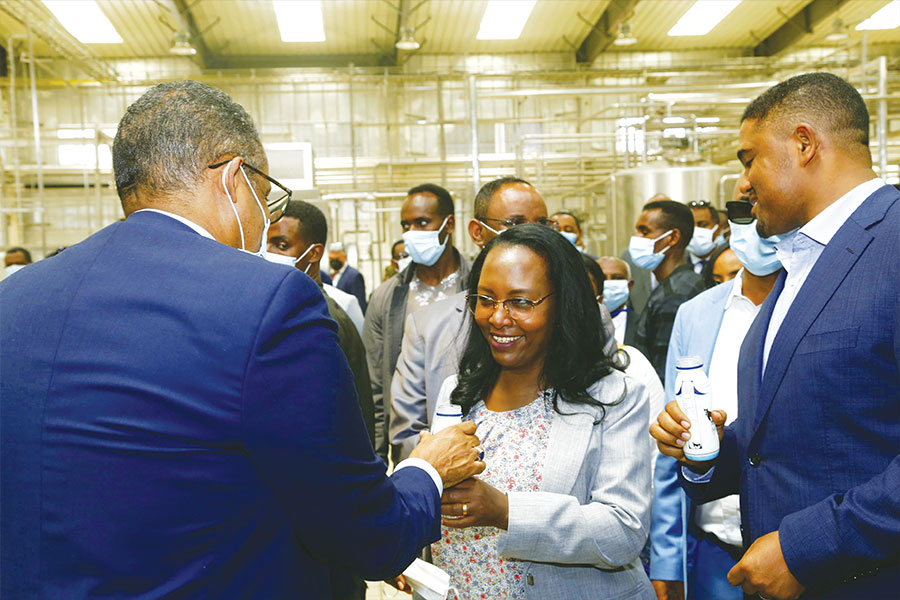
Fortune News | Apr 10,2021

Radar | Sep 26,2021

Covid-19 | Jun 12,2021

Fortune News | Jan 22,2022

Photo Gallery | 180336 Views | May 06,2019

Photo Gallery | 170533 Views | Apr 26,2019

Photo Gallery | 161568 Views | Oct 06,2021

My Opinion | 137274 Views | Aug 14,2021

Dec 22 , 2024 . By TIZITA SHEWAFERAW
Charged with transforming colossal state-owned enterprises into modern and competitiv...

Aug 18 , 2024 . By AKSAH ITALO
Although predictable Yonas Zerihun's job in the ride-hailing service is not immune to...

Jul 28 , 2024 . By TIZITA SHEWAFERAW
Unhabitual, perhaps too many, Samuel Gebreyohannes, 38, used to occasionally enjoy a couple of beers at breakfast. However, he recently swit...

Jul 13 , 2024 . By AKSAH ITALO
Investors who rely on tractors, trucks, and field vehicles for commuting, transporting commodities, and f...

Nov 1 , 2025
The National Bank of Ethiopia (NBE) issued a statement two weeks ago that appeared to...
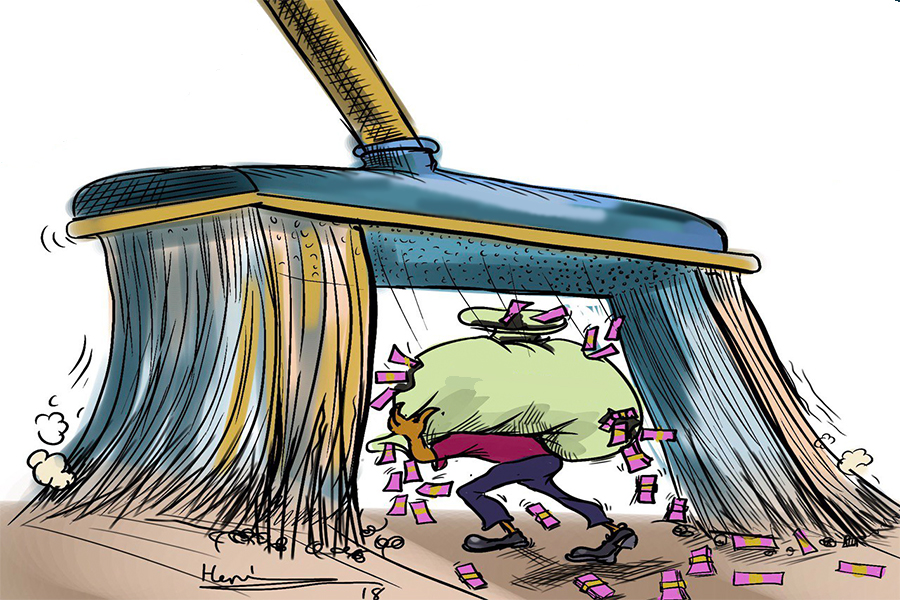
Oct 25 , 2025
The regulatory machinery is on overdrive. In only two years, no fewer than 35 new pro...

Oct 18 , 2025
The political establishment, notably the ruling party and its top brass, has become p...

Oct 11 , 2025
Ladislas Farago, a roving Associated Press (AP) correspondent, arrived in Ethiopia in...
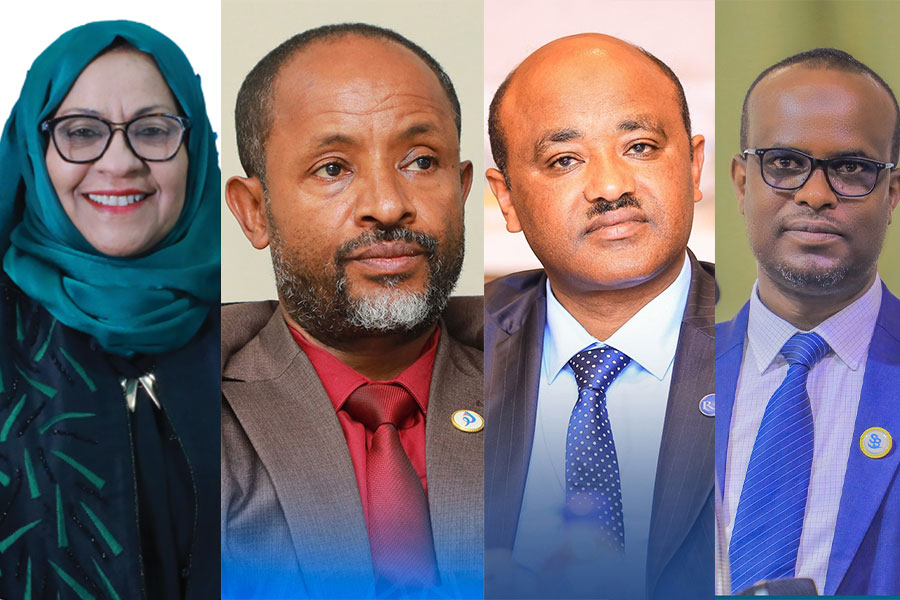
Nov 2 , 2025
The National Bank of Ethiopia (NBE) has scrapped the credit-growth ceiling that had s...

Nov 2 , 2025 . By SURAFEL MULUGETA
The burgeoning data mining industry is struggling with mounting concerns following th...

Nov 2 , 2025 . By YITBAREK GETACHEW
Berhan Bank has chosen a different route in its pursuit of a new headquarters, opting for a transitional building instea...
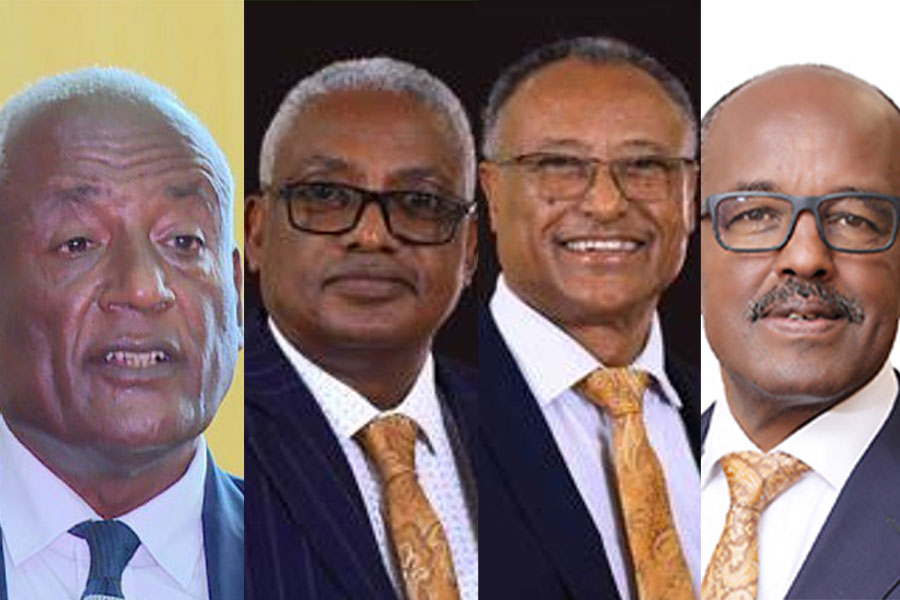
Nov 2 , 2025 . By BEZAWIT HULUAGER
Nib International Bank S.C. has found itself at the epicentre of a severe governance...